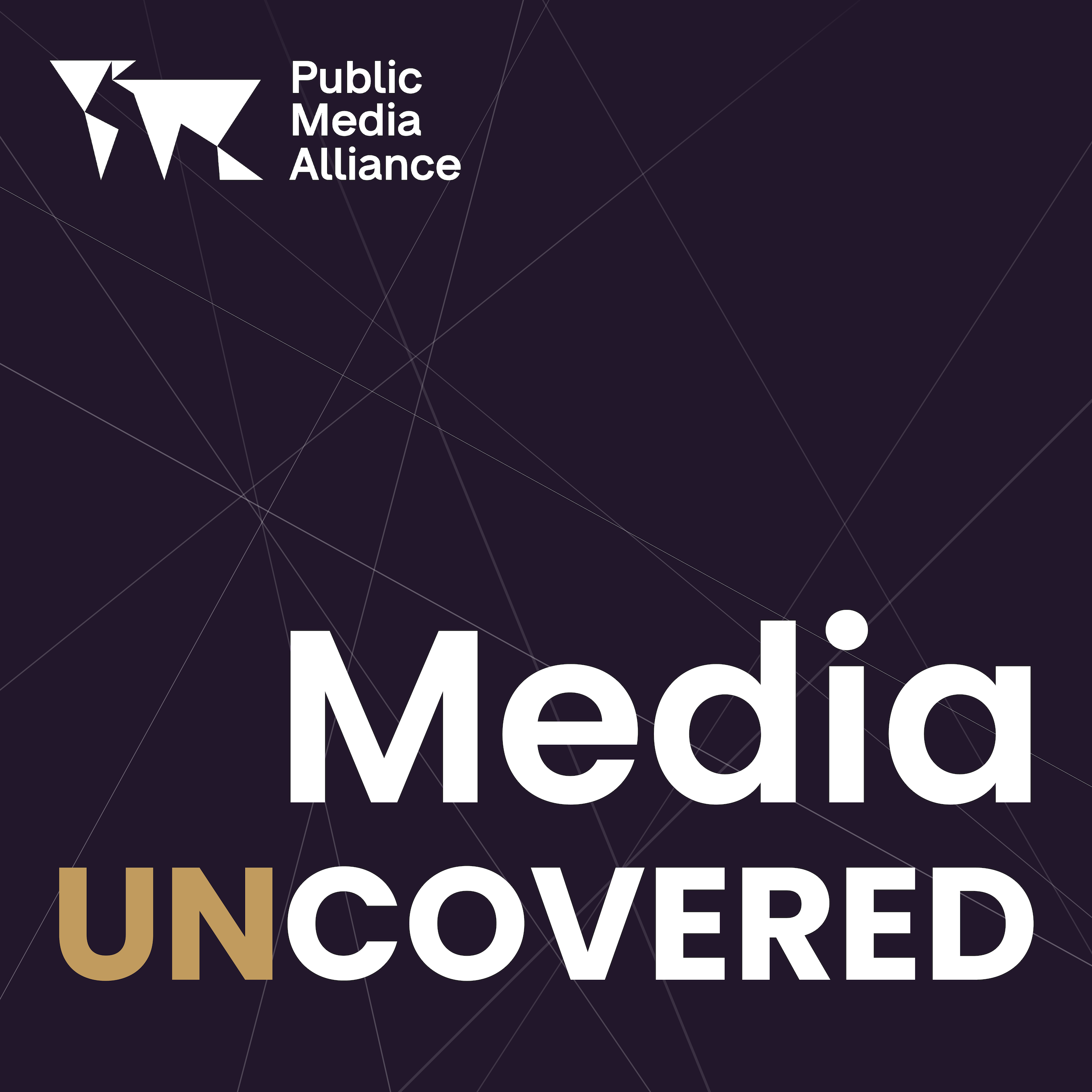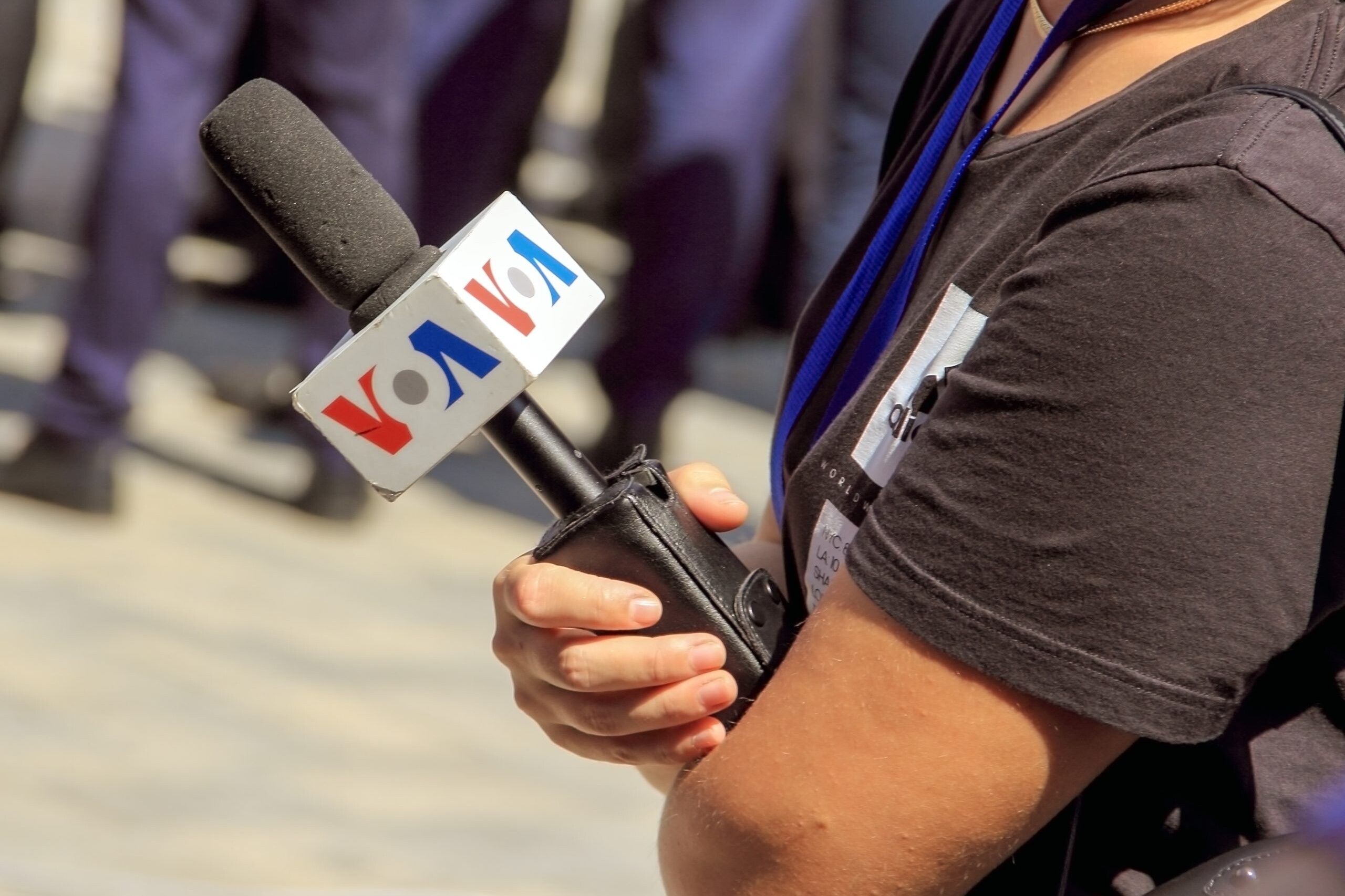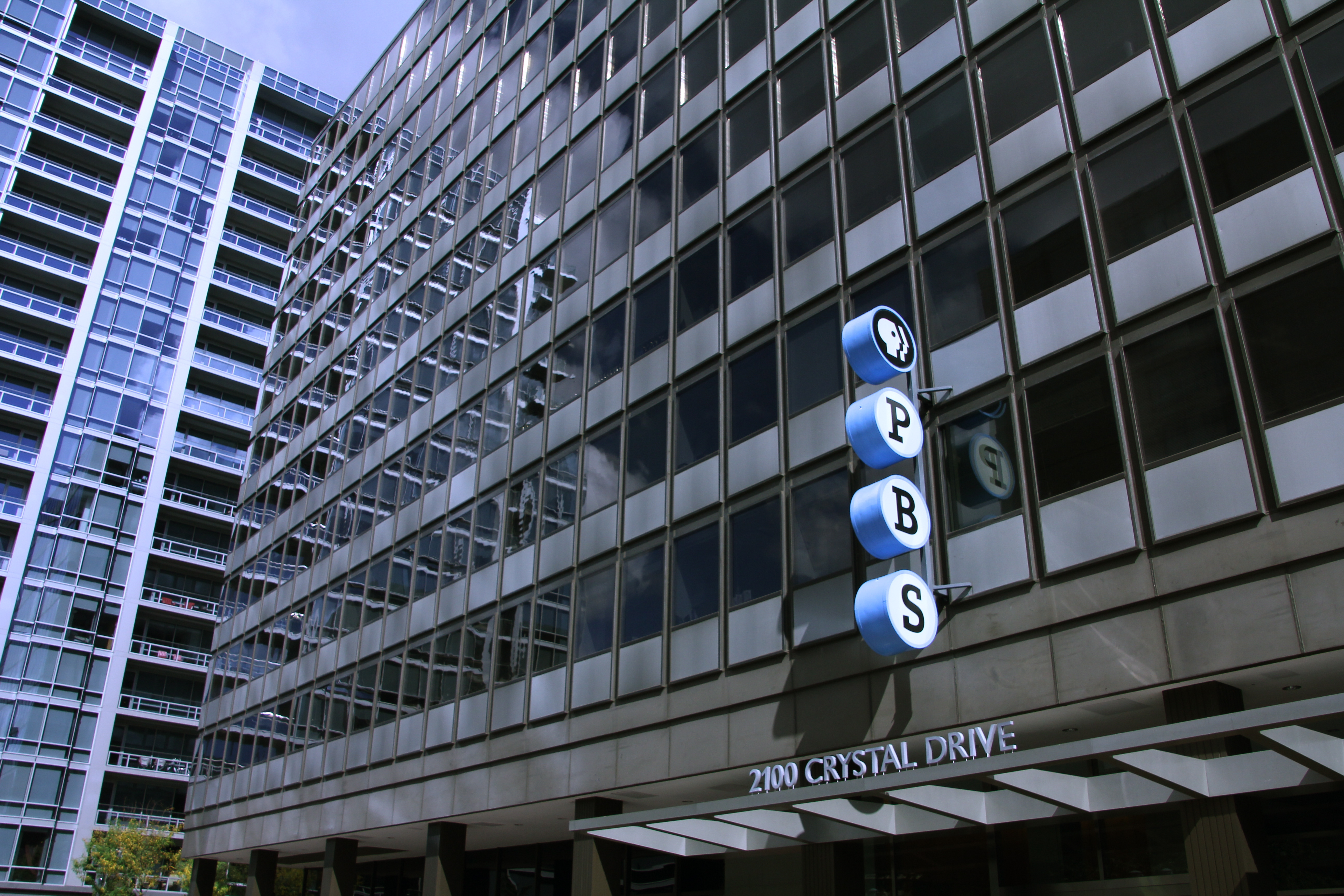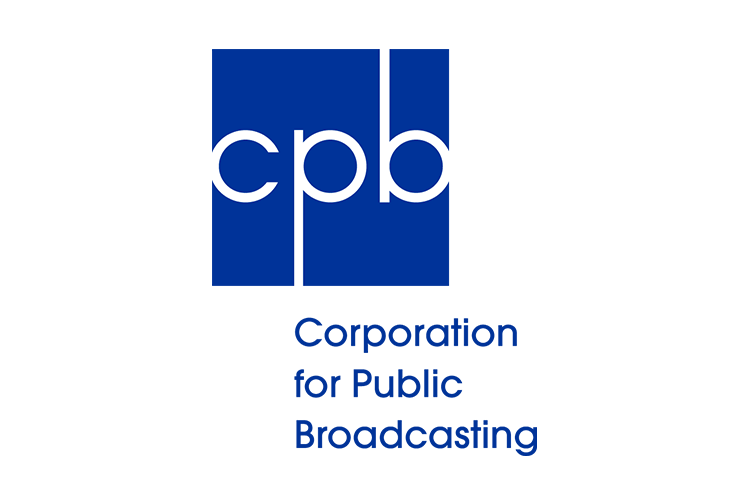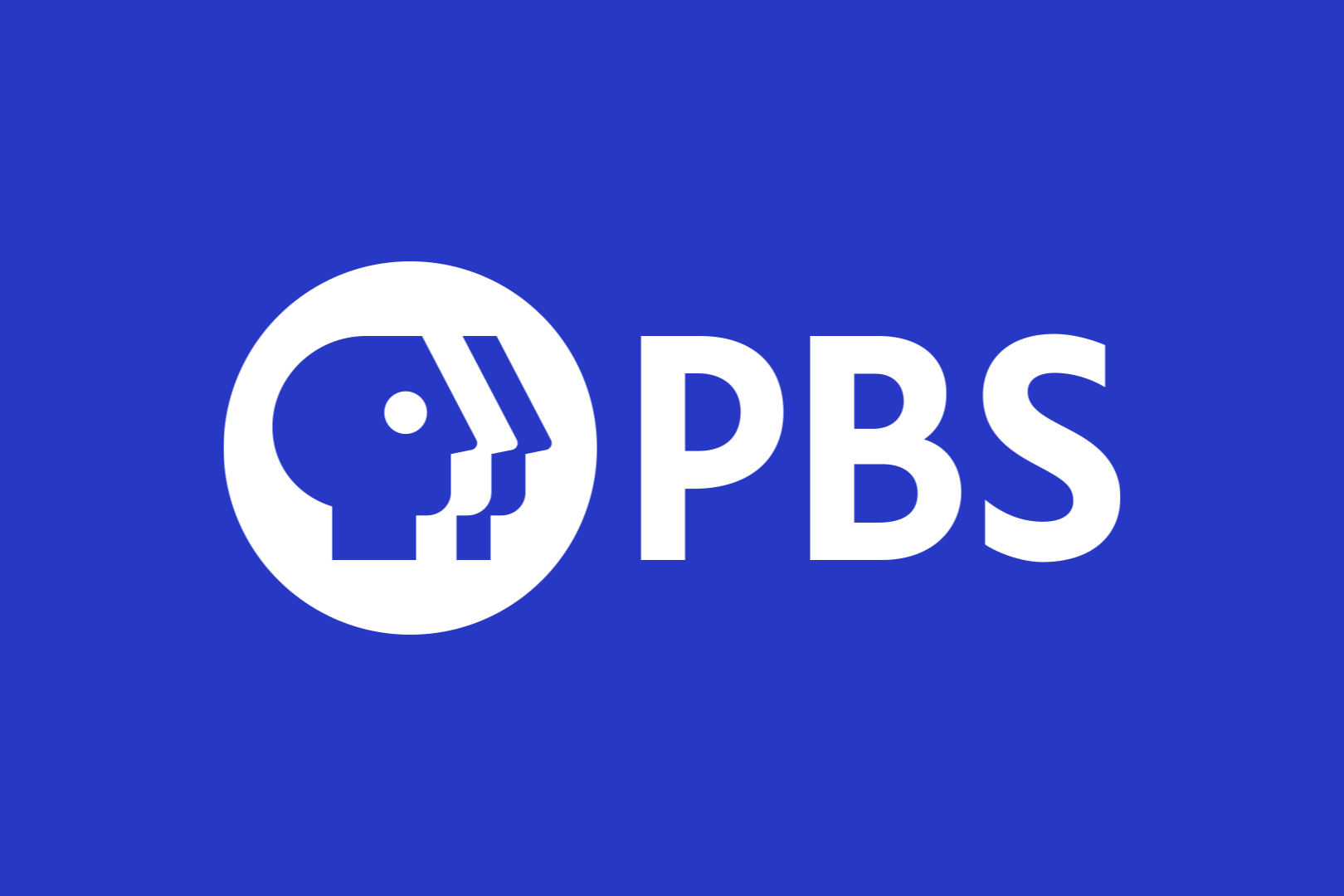“Dark day” as US public media faces funding axe
25th July 2023
The House’s decision to scrap the funding of the Corporation for Public Broadcasting by 2026 will have a drastic impact on the services and financial viability of public service media in the US.
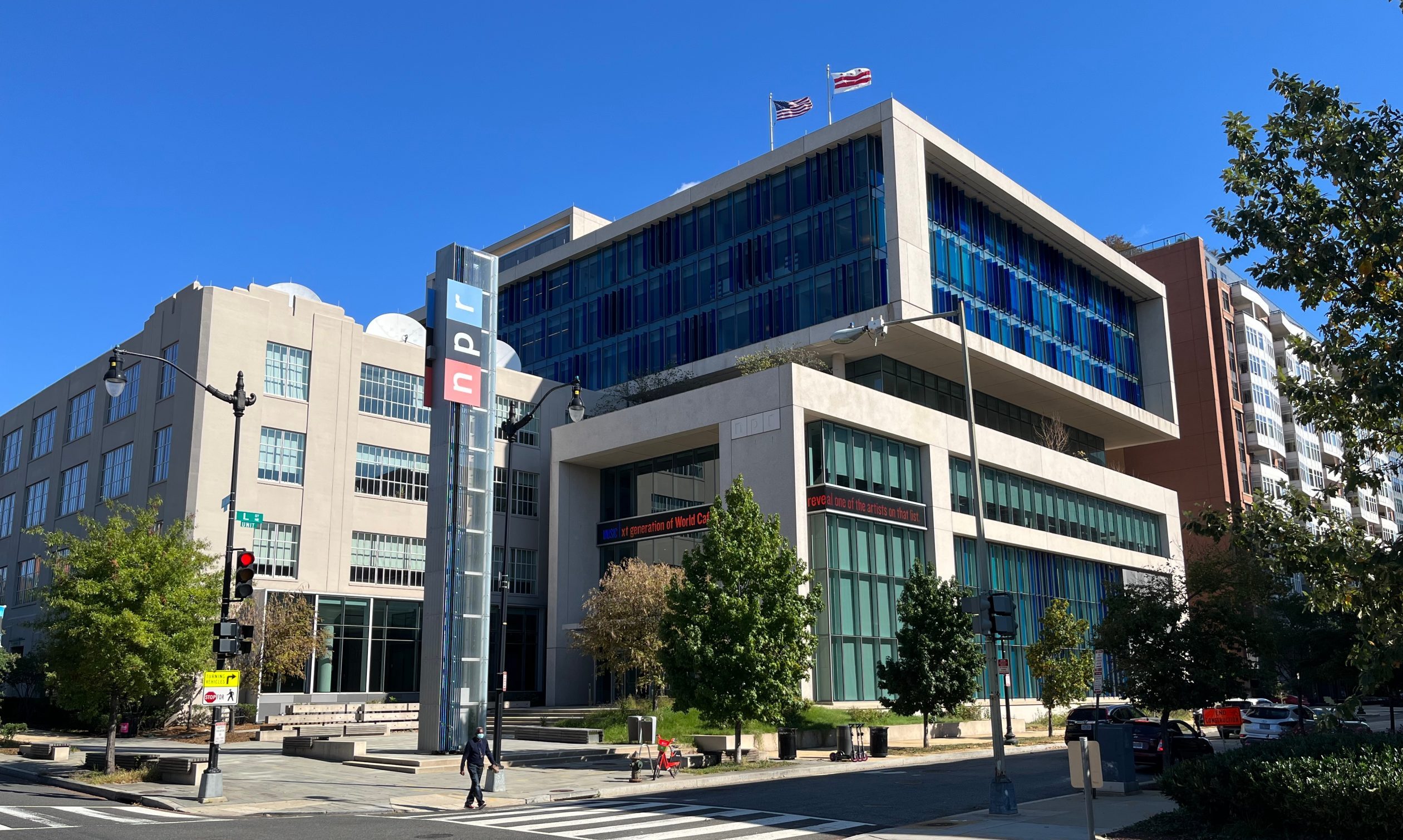
By Sidra Asif
Public media funding in the US has been thrown into doubt after the House Appropriations Education Subcommittee decided to stop funding the Corporation for Public Broadcasting (CPB) by 2026.
In the initial 2024 budget, released by President Biden on 13 March 2023, the CPB was allocated $31 million for the Department of Education’s Ready to Learn program in 2024, $60 million for the public broadcasting interconnection system and infrastructure, and $575 million for the CPB’s advance appropriation in FY 2026.
However, the subcommittee, which is under Republican control, made the decision on 14 July in its 2024 House appropriations bill to completely end funding the CPB by 2026. The subcommittee also decided to cut the $60 million of funding which was going towards infrastructure from this year’s budget.
What is the CPB?
The Corporation for Public Broadcasting is a private, non-profit organisation, which receives the federal government’s funding for public service media and is then responsible for its distribution, with over 70 percent going to local stations.
The funding cut has been widely criticised by both the CPB as well as public media workers.
“Americans in rural and urban communities who depend upon public media content and services are very disappointed by the House Labor-H subcommittee’s move to eliminate CPB’s two-year advance funding,” said Patricia Harrison, the president and CEO of the Corporation for Public Broadcasting (CPB).
“If CPB funding were cut, it would greatly hinder our ability to continue producing and broadcasting high-quality, award-winning news, smart talk, and entertainment for you.” David Lee, CEO and General Manager of WUWM
“The elimination of this nearly 50-year funding structure would destroy the firewall that protects public media’s independence, and significantly weaken the public-private partnership that enables stations to raise needed funds.”
“This funding is critical to locally owned, independent public radio and TV stations, where federal support accounts for up to 50% of their operating costs,” an NPR spokesperson told Inside Radio. Meanwhile, APTS president and CEO Patrick Butler described it as a “dark day for America’s Public Television Stations”.
Listen toour podcast
Uncovering and exploring the biggest
issues facing public media
“As public media’s single largest source of funding, this would be devastating to the entire system, as well as to WUWM,” said David Lee, Director and General Manager of Milwaukee’s public radio station, WUWM.
“If CPB funding were cut, it would greatly hinder our ability to continue producing and broadcasting high-quality, award-winning news, smart talk, and entertainment for you. … An elimination of CPB funding would eliminate the production of these kinds of stories, further the fragmentation of local media, and create a vacuum of high-quality, fact-based, local journalism.”
The House subcommittee’s budget proposal is not final, but will need to be ratified by the Senate before it is signed by the President.
KHNS – a local Alaskan public broadcaster – receives a third of its budget from the CPB, and has called on its supporters to lobby their local representatives in the Senate to overturn the decision.
A history of defunding threats
The Public Broadcasting Act of 1967, which President Lyndon B. Johnson signed into law, established 1,136 public radio stations and 362 public television stations.
Defunding has a long history and has been an issue public broadcasters experience from time to time. The practice of cutting funds dates back to President Richard Nixon, whose government was accused of attempting to control public broadcasters.
According to the New York Times, Speaker of the House Newt Gingrich threatened to completely defund the CPB in 1994. He stated, “One of the things we’re going to do this year, I hope, is to zero out the Corporation for Public Broadcasting, which has been eating taxpayers’ money.”
President George W. Bush similarly made the decision to drastically decrease CPB spending. Trump’s administration also announced cutting a key source of trusted and independent investigative journalism, educational content, and services mandated to hold power to account. There were also threats to eliminate federal funding in 2020.
The consequences of cutting funding
This latest attempt to defund public service broadcasters in the US – if it is not amended – will have enormous consequences for audiences. Local public broadcasters provide substantial value and unique services for communities, where private media outlets are already struggling and news deserts are becoming more common. The removal of funding for the CPB would see a hit on the finances and therefore the services which public broadcasters can offer. This would, therefore, impact local communities, and their ability to access independent, impartial, and quality news and entertainment.
Cutting the funding for the infrastructure is a similarly short-sighted decision. “The $60 million requested in FY 2024 will continue necessary investments in the infrastructure that disseminates content across the public media system, including public safety and alerting messages, and will ensure current investments in digital technologies realize their full capacities,” said the CPB’s Patricia Harrison when the initial allocation was announced. Public media plays a critical role in providing life-saving information and public service messaging during crises. It is imperative the infrastructure is fit and reliable so audiences can access public media during such times.
Related Posts
13th September 2022
CPB expands funding for innovative Urban Alternative format
CPB is expanding its funding of Urban…
